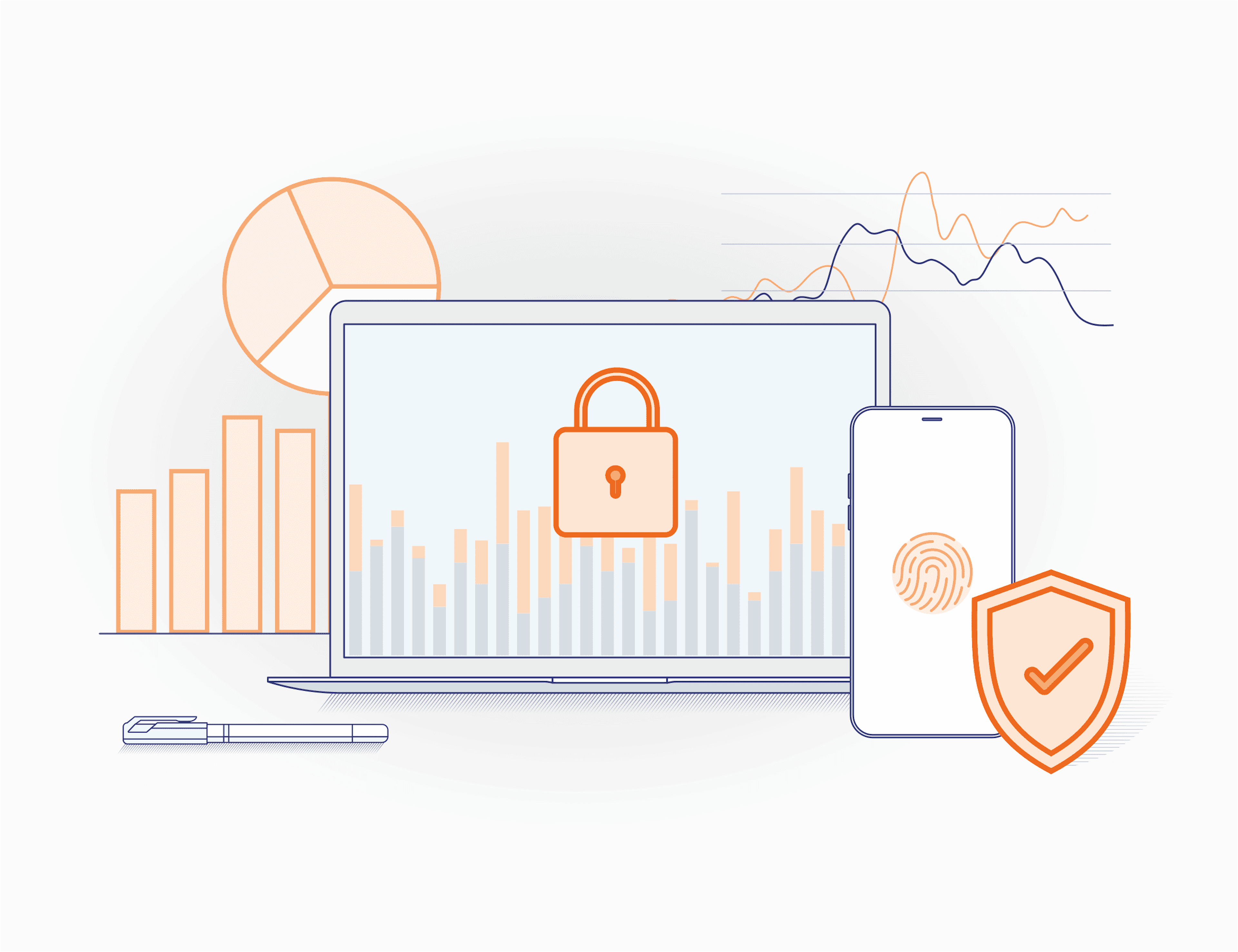How does our psychotype affect credit behavior?


We continue our series of articles about the meaningfulness of data describing the behavior of users on the Internet. In this article, we announce the launch of a global research project dedicated to studying users’ behavior, psychological types, and credit risks. The results of many recent studies have revealed that a person’s psychological type has a significant influence on his/her credit risk. There are a number of reasons:
The graph of average income with respect to a minimum level versus psychological type shows that there are significant differences in income among people with different psychological types.
* For more information research, please visit https://goo.gl/zwAJrc. The income of INTPs is taken as the basis (1).
Despite the fact that such connections do exist, the following problems have often arisen in connection with the use of this type of data:
According to our research, an analysis of the behavior and interests of people on the Internet can solve most of the problems associated with determining the psychological type of users. As an example, let’s discuss the differences between extraverts and introverts.
We plan to publish the full results of this research this autumn. Preliminary work has been done, but we plan to get a large amount of depersonalized data, which requires a great deal of time and significant investments in research.
If you are interested in our work, please contact us, and we will share the results with you.
Get a live session with our specialist who will show how your business can detect fraud attempts in real time.
Learn how unique device fingerprints help you link returning users and separate real customers from fraudsters.
Get insights into the main fraud tactics targeting your market — and see how to block them.
Phone:+971 50 371 9151
Email:sales@juicyscore.ai
Our dedicated experts will reach out to you promptly